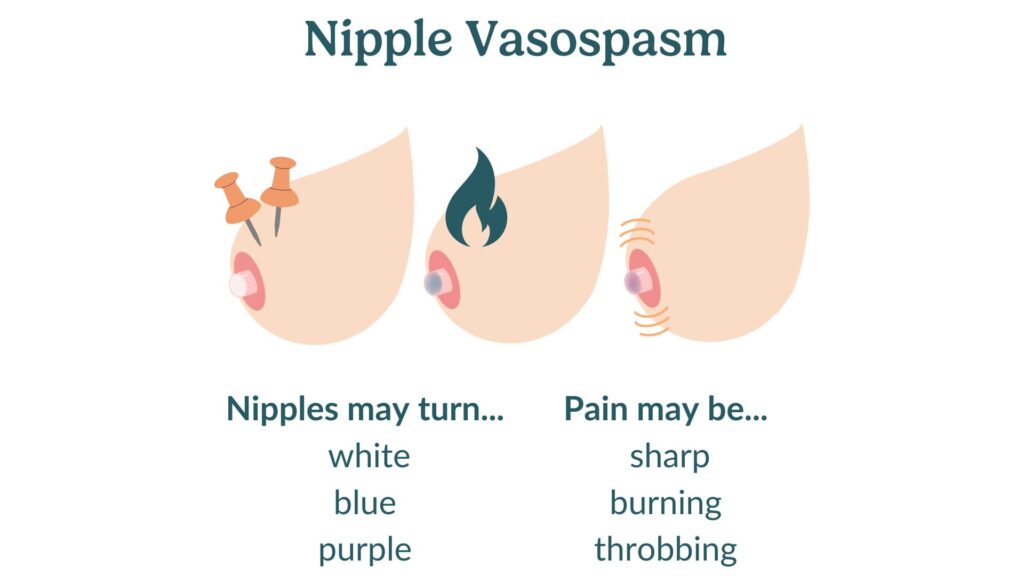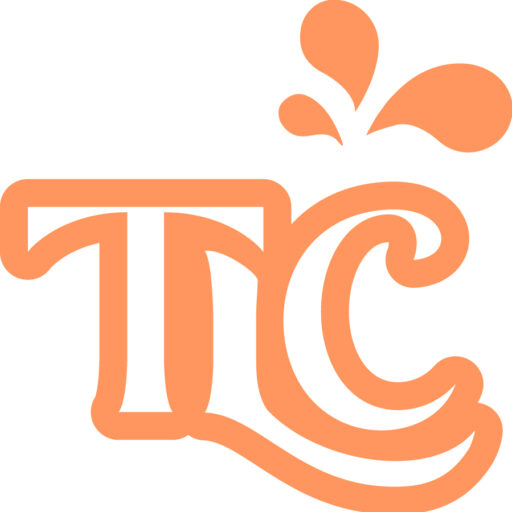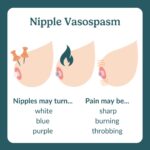nipple vasospasm

Nipple vasospasm
Nipple vasospasm is a condition where the blood vessels in the nipples constrict, reducing blood flow and causing pain. This can occur during or after breastfeeding, often presenting as a sharp, burning, or throbbing pain in the nipples. The nipples may also change color, turning white or blue due to the restricted blood flow.
What to watch out for
It’s important to recognize the signs of nipple vasospasm to manage it effectively. Here are some indicators and tips for addressing this issue:
- Pain: Sharp, burning pain in the nipples, which may be triggered by breastfeeding or exposure to cold.
- Color changes: The nipples may turn white, blue, or purple due to the reduced blood flow.
- Cold sensitivity: Vasospasm can be triggered by cold temperatures, so keeping warm is important.
To manage nipple vasospasm, try these tips:
- Warm compresses: Apply a warm compress to your nipples after breastfeeding to help improve blood flow and reduce pain. Some moms even use wool nursing pads in their bras to keep their nipples warm.
- Breastfeeding environment: Keep your environment warm and avoid exposure to cold drafts.
- Pain relief: Over-the-counter pain relievers like ibuprofen can help reduce pain and inflammation.
- Proper latch: Ensure your baby has a good latch to minimize nipple trauma and prevent vasospasm.
- Consider magnesium: Having a mild magnesium deficiency can worsen vasospasm. Consider discussing the use of a magnesium supplement with your healthcare provider.
If you continue to experience symptoms or if the pain is severe, consult a healthcare provider or lactation consultant for further evaluation and treatment.
Physical limitations or health circumstances
Certain conditions can increase the likelihood of experiencing nipple vasospasm:
- Raynaud's phenomenon: This condition, which affects blood flow, can cause vasospasm in the nipples. Keeping warm and managing stress can help reduce symptoms.
- Nipple trauma: Cracked or damaged nipples from poor latch or other issues can trigger vasospasm. Addressing the underlying cause of nipple damage is important.
- Cold sensitivity: Some people are more sensitive to cold, which can trigger vasospasm. Always keep your breasts warm and covered.
Other terms
Understanding related terms can help you better manage nipple vasospasm and breastfeeding challenges:
- Latch: The way your baby attaches to your breast. A good latch can help prevent nipple trauma and vasospasm.
- Nipple pain: Pain in the nipples can be caused by various issues, including vasospasm. Learn more about causes of nipple pain.
- Raynaud's phenomenon: A condition affecting blood flow, which can cause vasospasm in the nipples.
- Engorgement: When breasts are overly full of milk, leading to discomfort and potential blockages. Learn more about engorgement.
- Lactation consultant: A professional who can provide support and guidance on breastfeeding issues.


